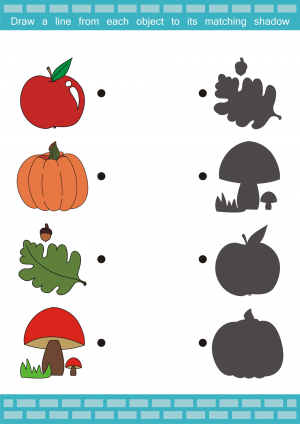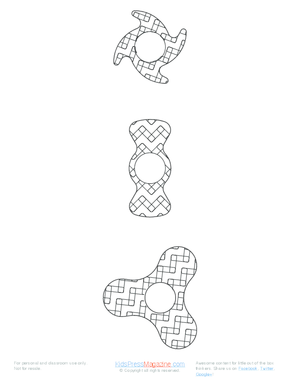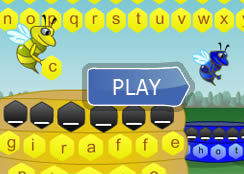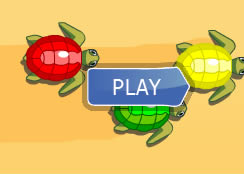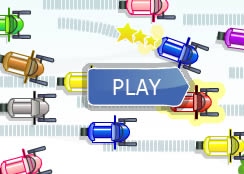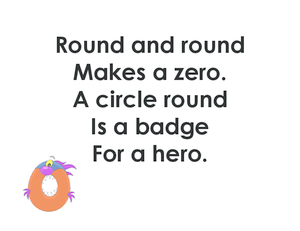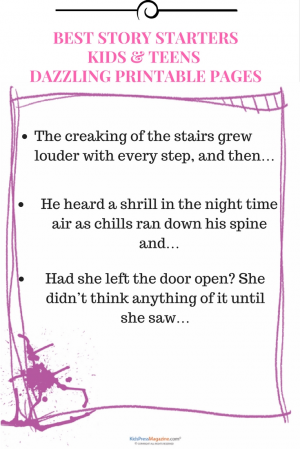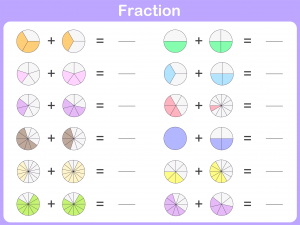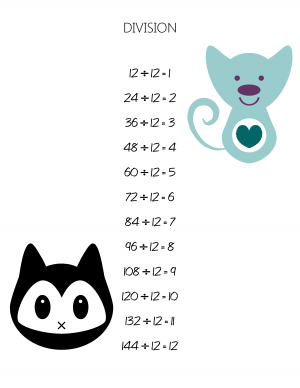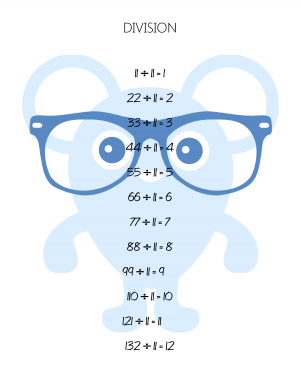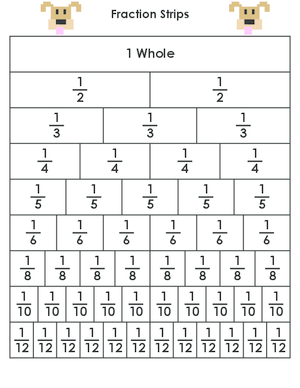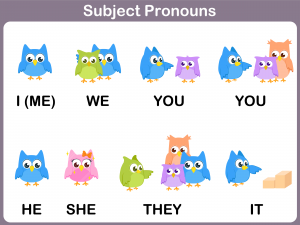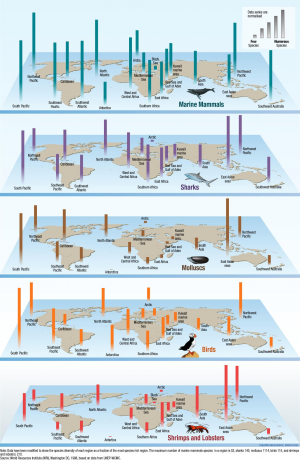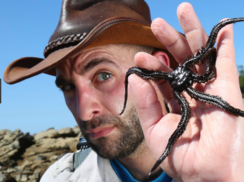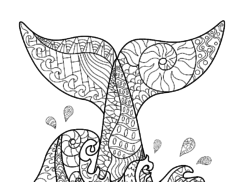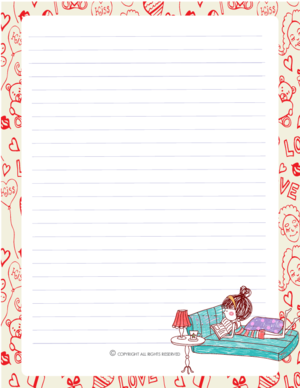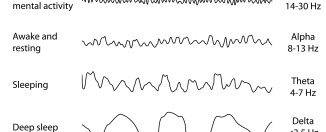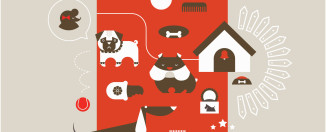Learning Cycle
Based on the studies of psychologist David Kolb, the idea of a learning cycle has been developed by education researchers to explain the different things people do and the way they behave when they are learning new things.
Kolb’s looked at the different things that people do to learn and suggested that there might be 4 types of learning styles that people may prefer. He saw that people could watch, think, do, and feel in order to learn new things, but he believed that it was unusual to effectively watch and do at the same time, or think and feel at the same time. Kolb came up with these four learning styles:
- Accommodating (doing and feeling) – hands on problem-solving using intuition, practical, non-analytical
- Diverging (feeling and watching) –looking at problems from many different sides, collecting lots of information and listen to others
- Assimilating (watching and thinking) – solving problems using logic, deep thinking, and reading
- Converging (doing and thinking) – hands-on technical problem solving and experimentation
These learning styles are based on the idea of learning as a cycle and the parts of the cycle that different people focus more on. Let’s look at these stages with an example:
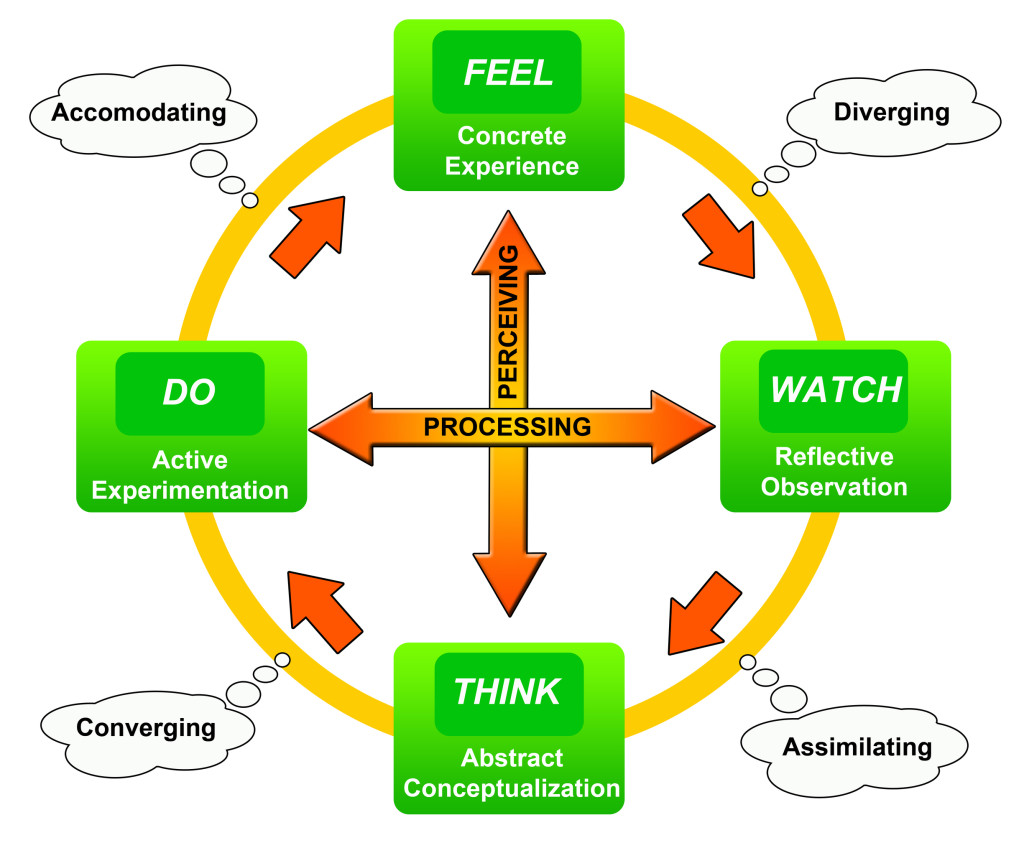
Concrete Experience – Jill eats a piece of chocolate cake.
Reflective Observation – Jill feels like the cake was delicious and wants to eat more of it in the future.
Abstract Conceptualization – Jill thinks about the taste and texture of the cake and tries to guess which ingredients were used and how long it was cooked.
Active Experimentation – Jill buys some ingredients, mixes them together in a certain way and bakes a cake.
When Jill tastes a piece of her own cake, the cycle starts again – she might keep tasting and trying her recipe until she finally learns how to make that perfect cake!
Find out how to deal with grief!

